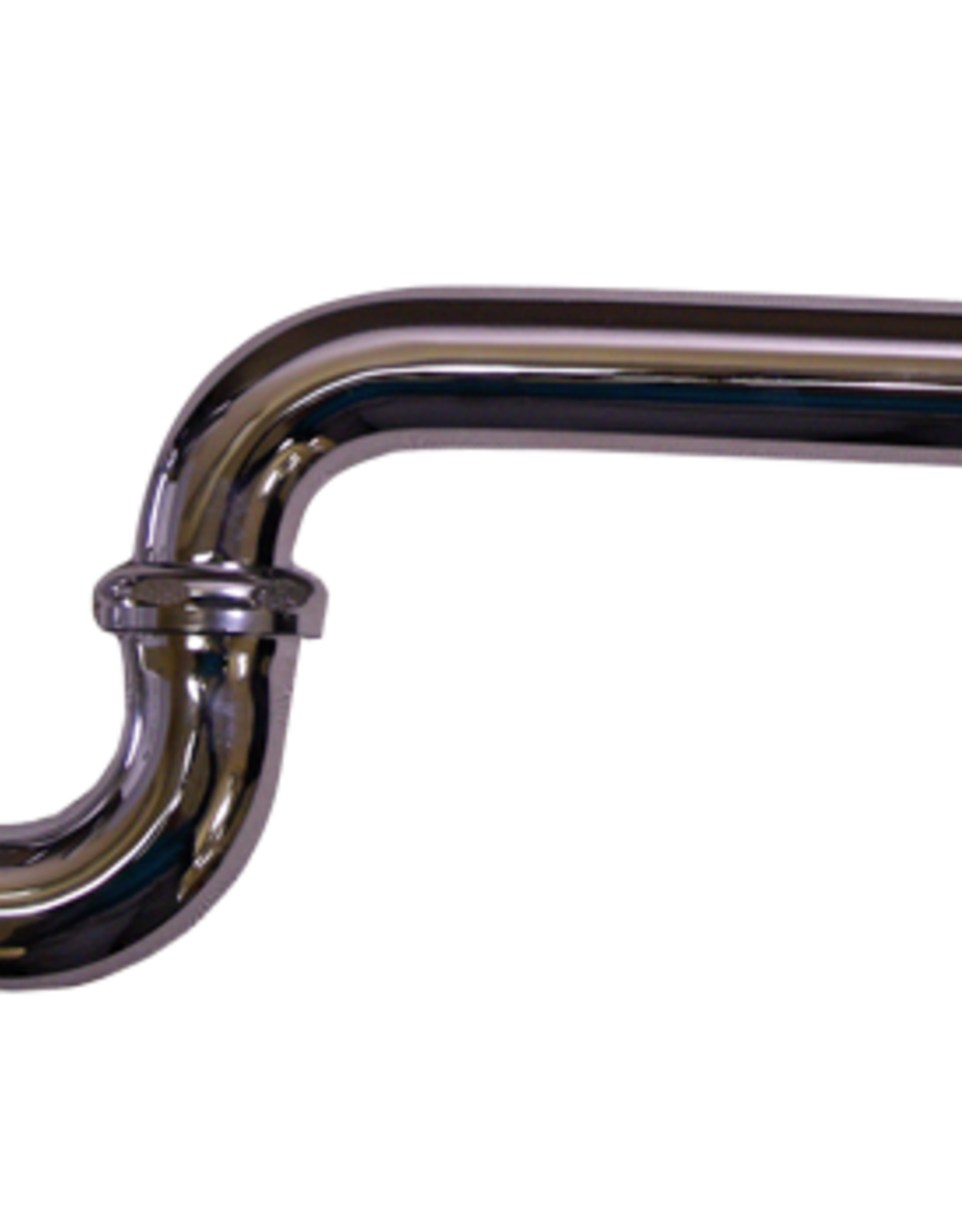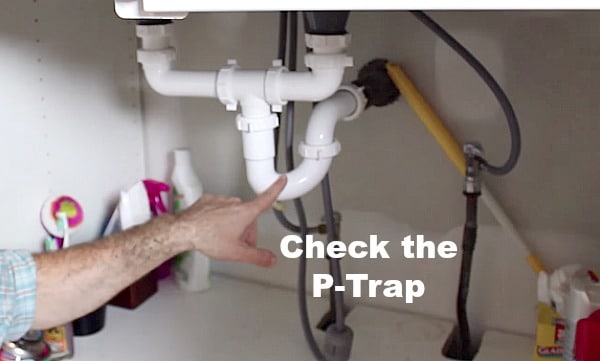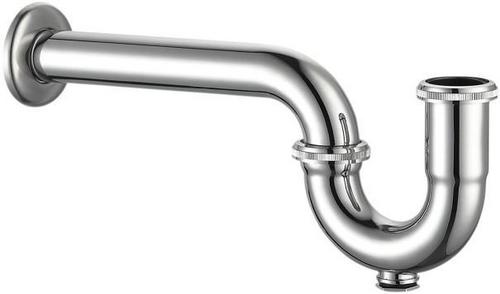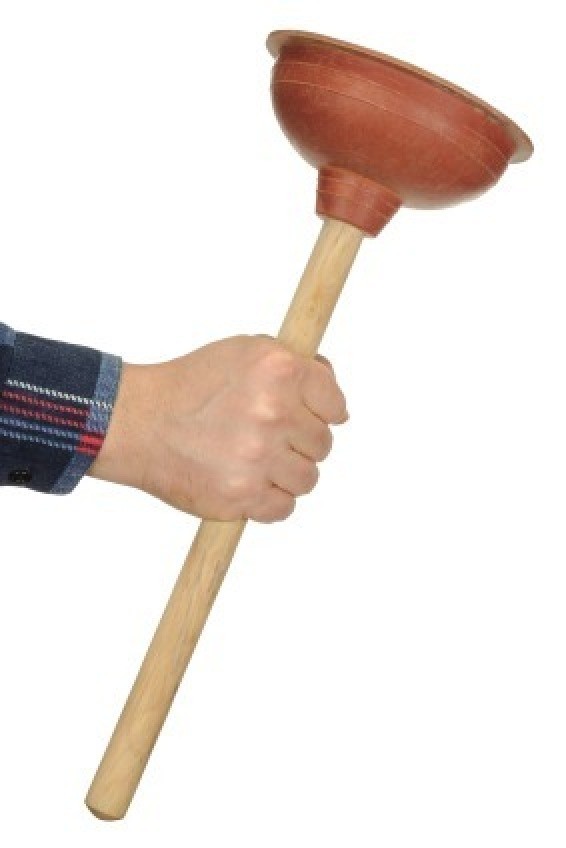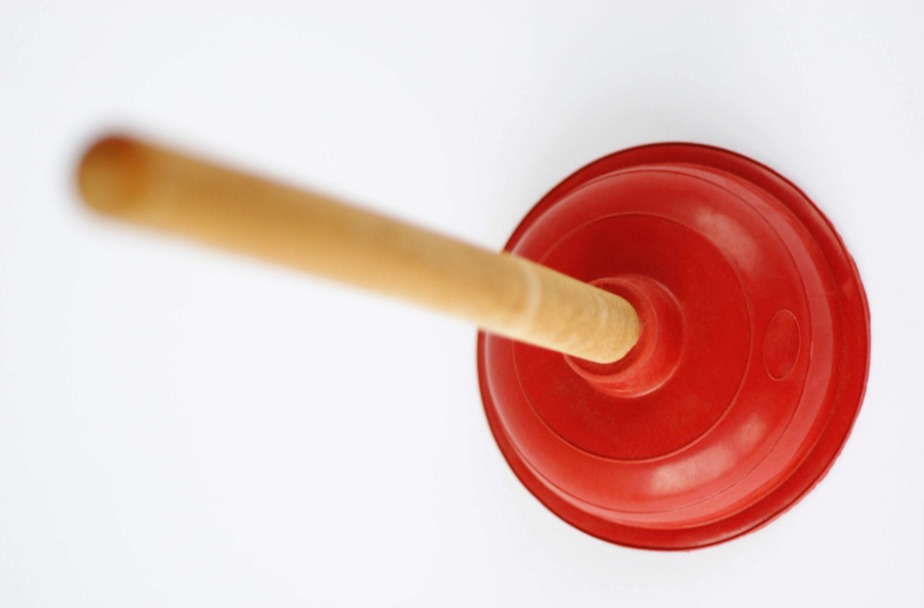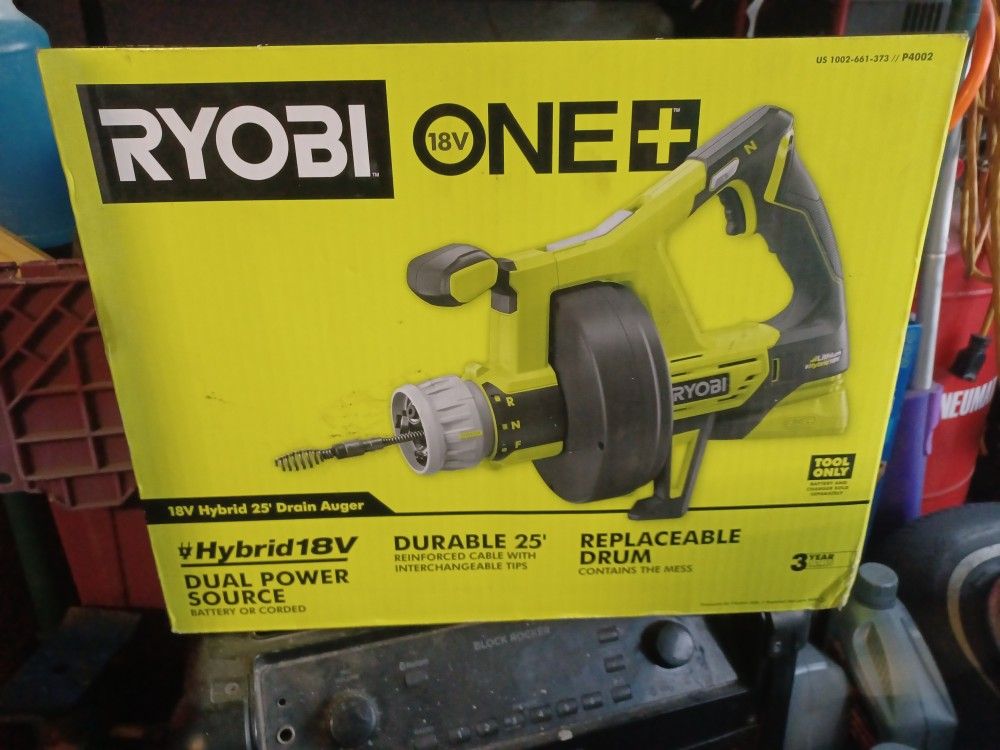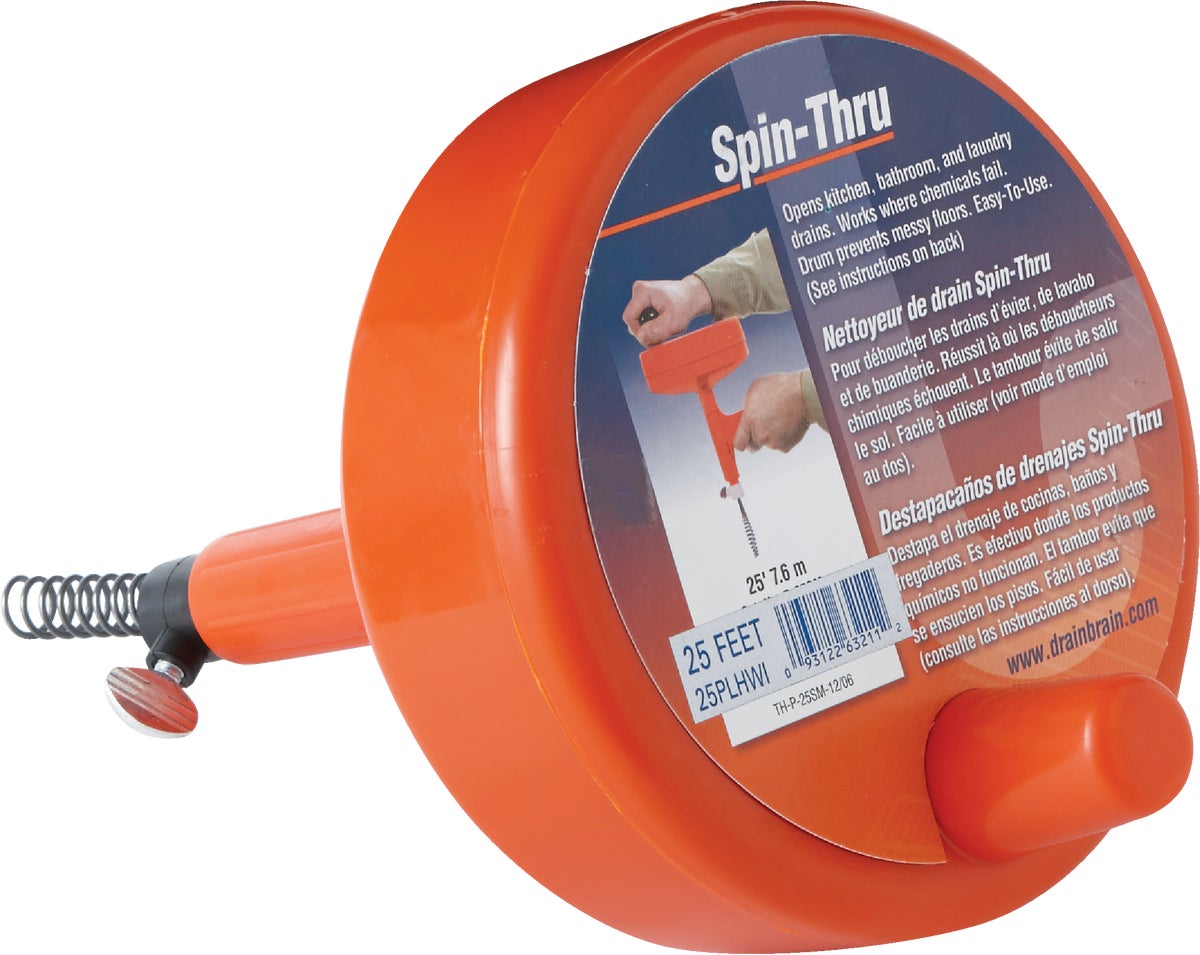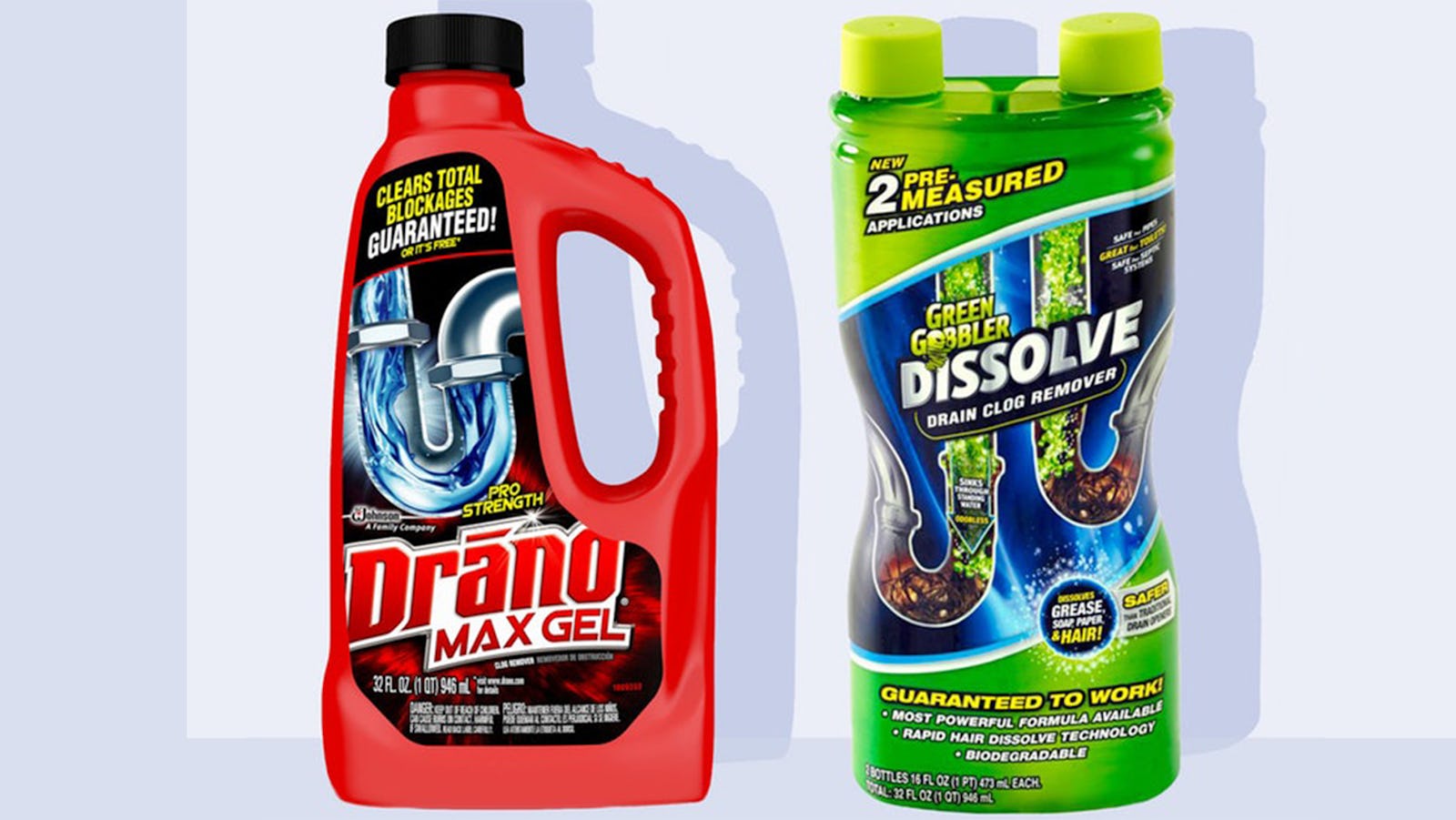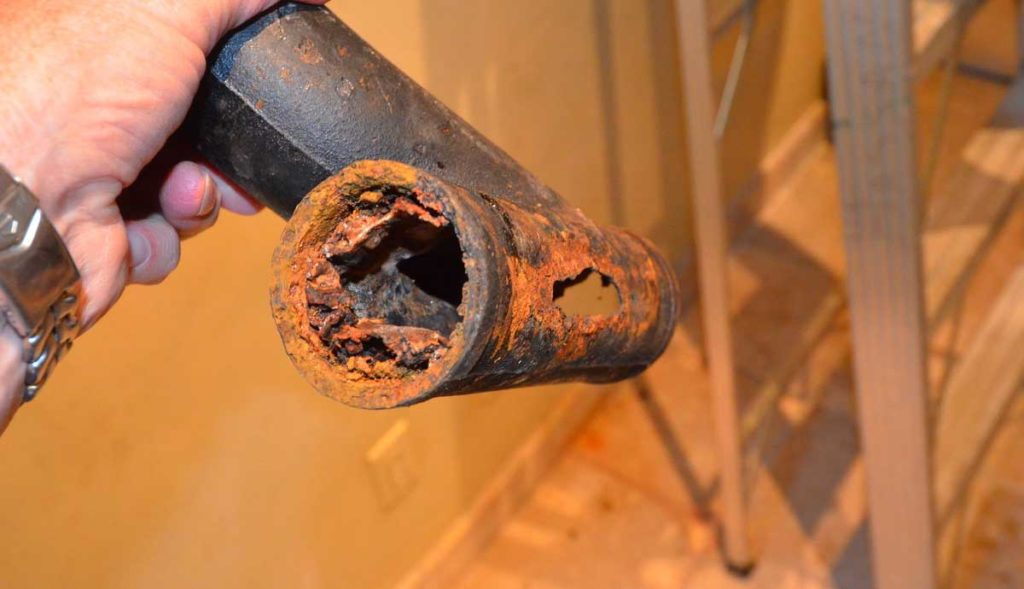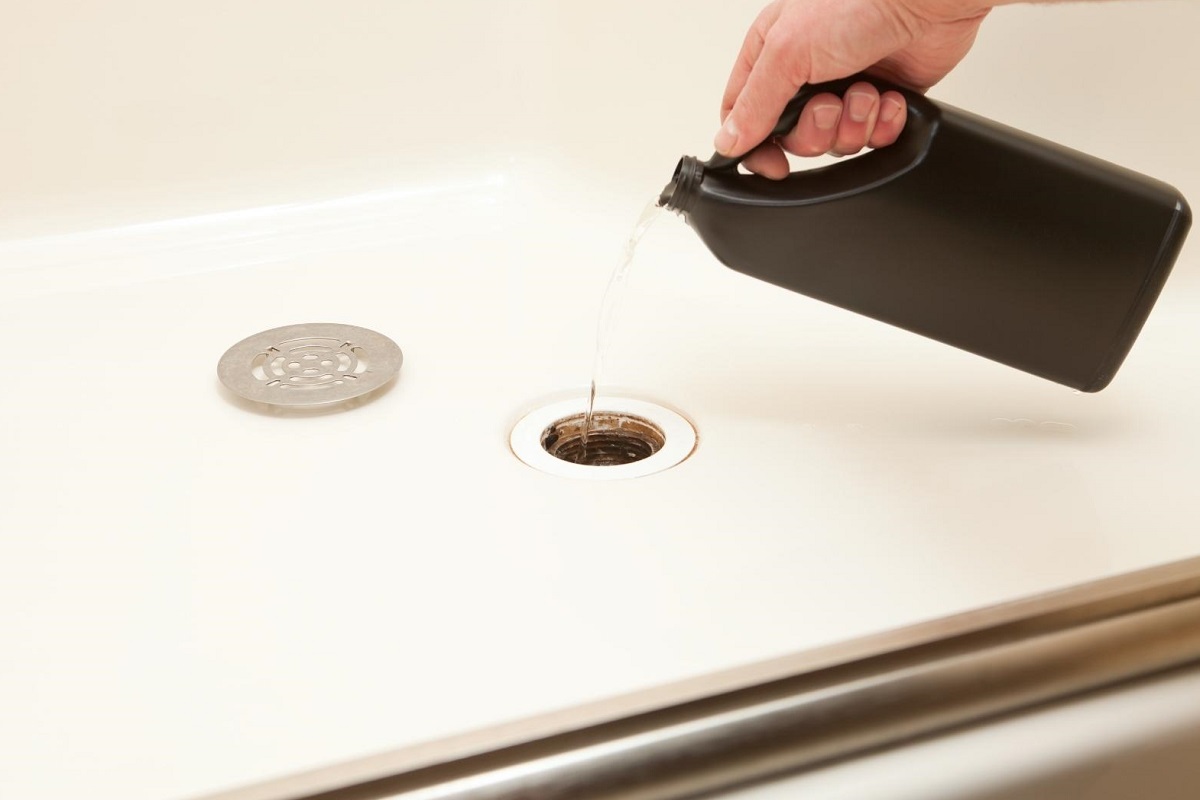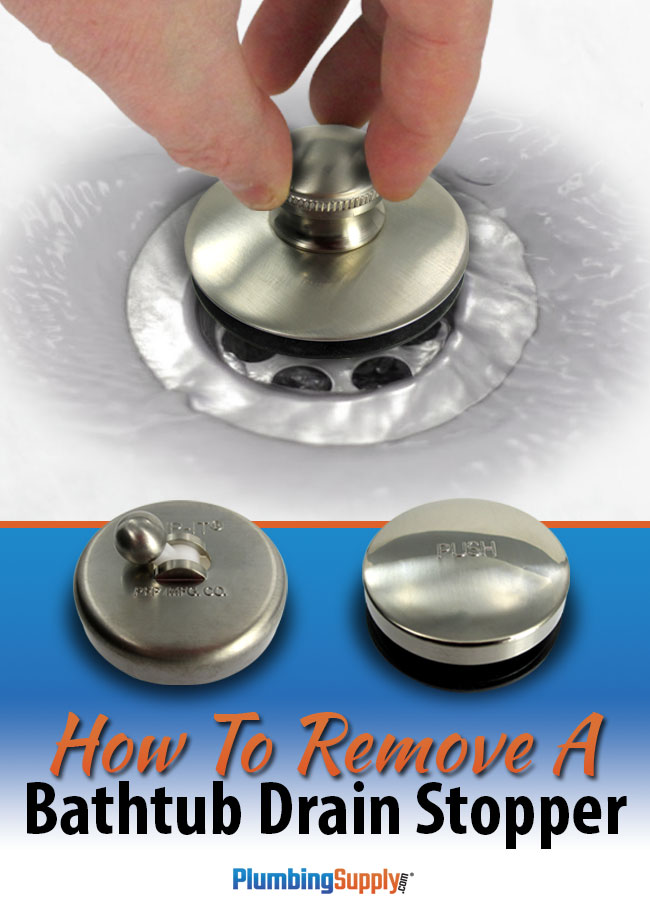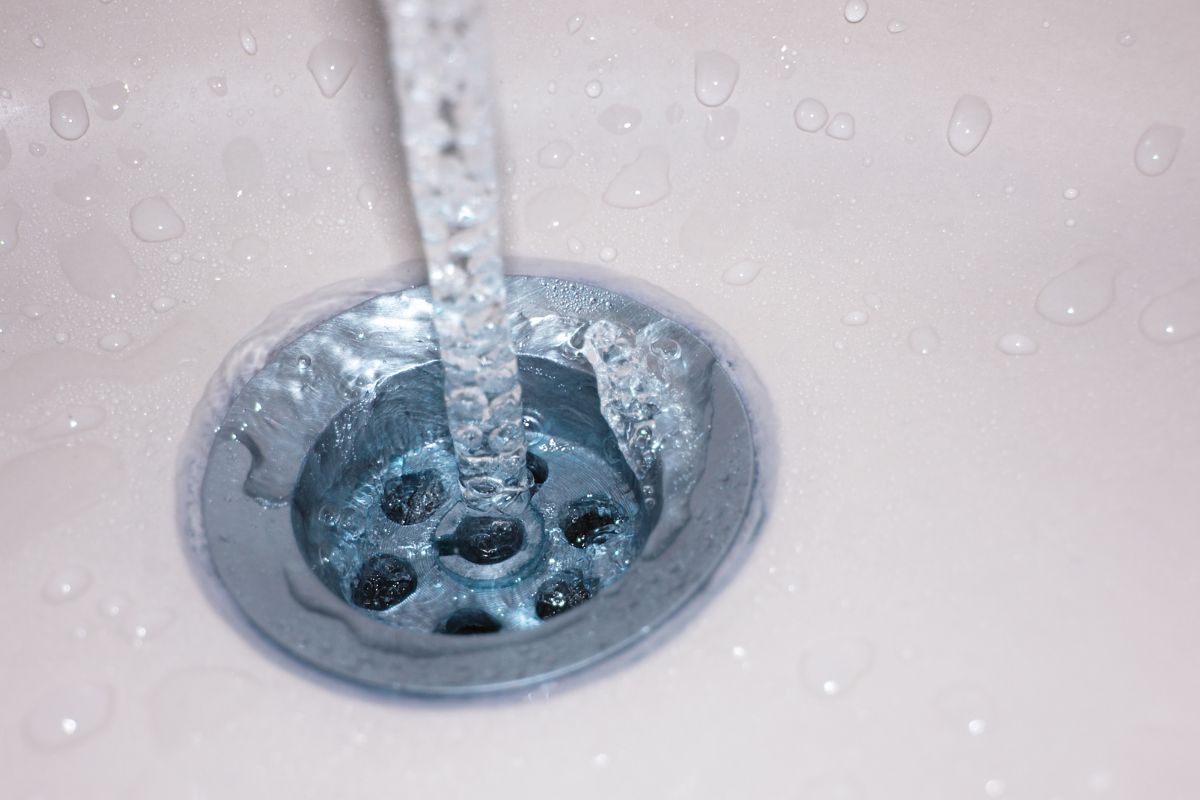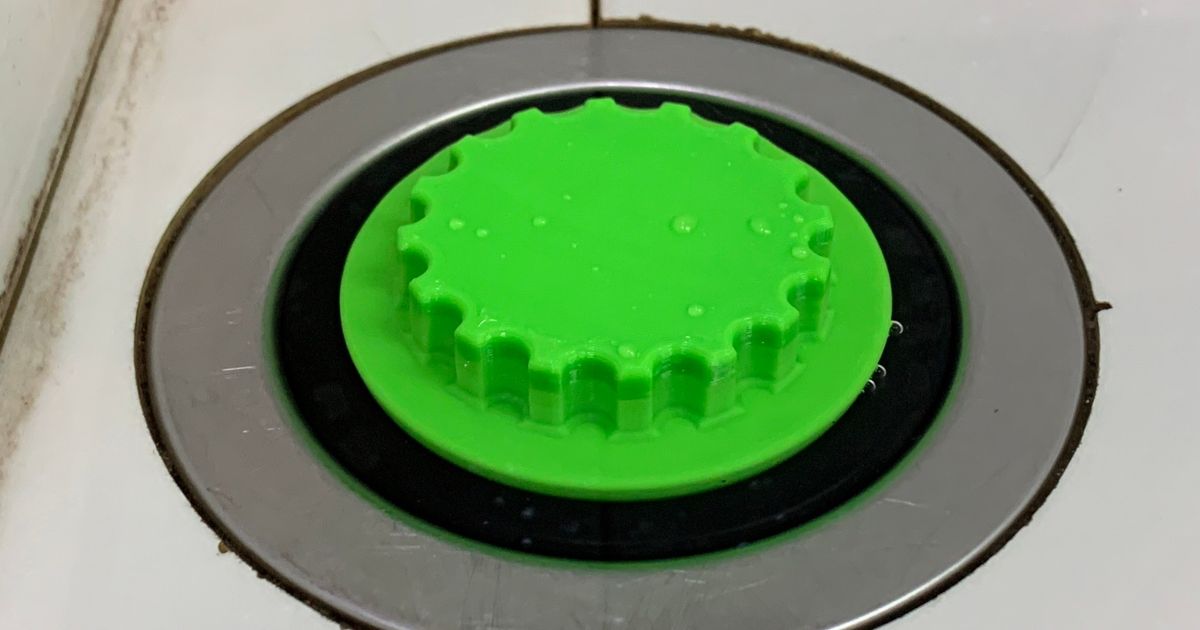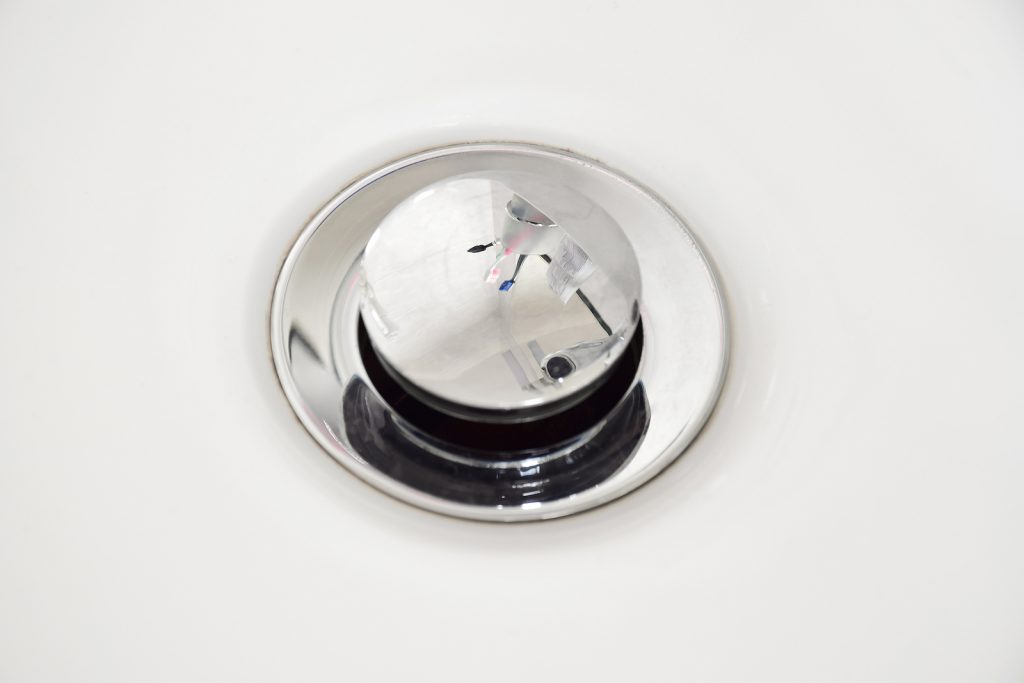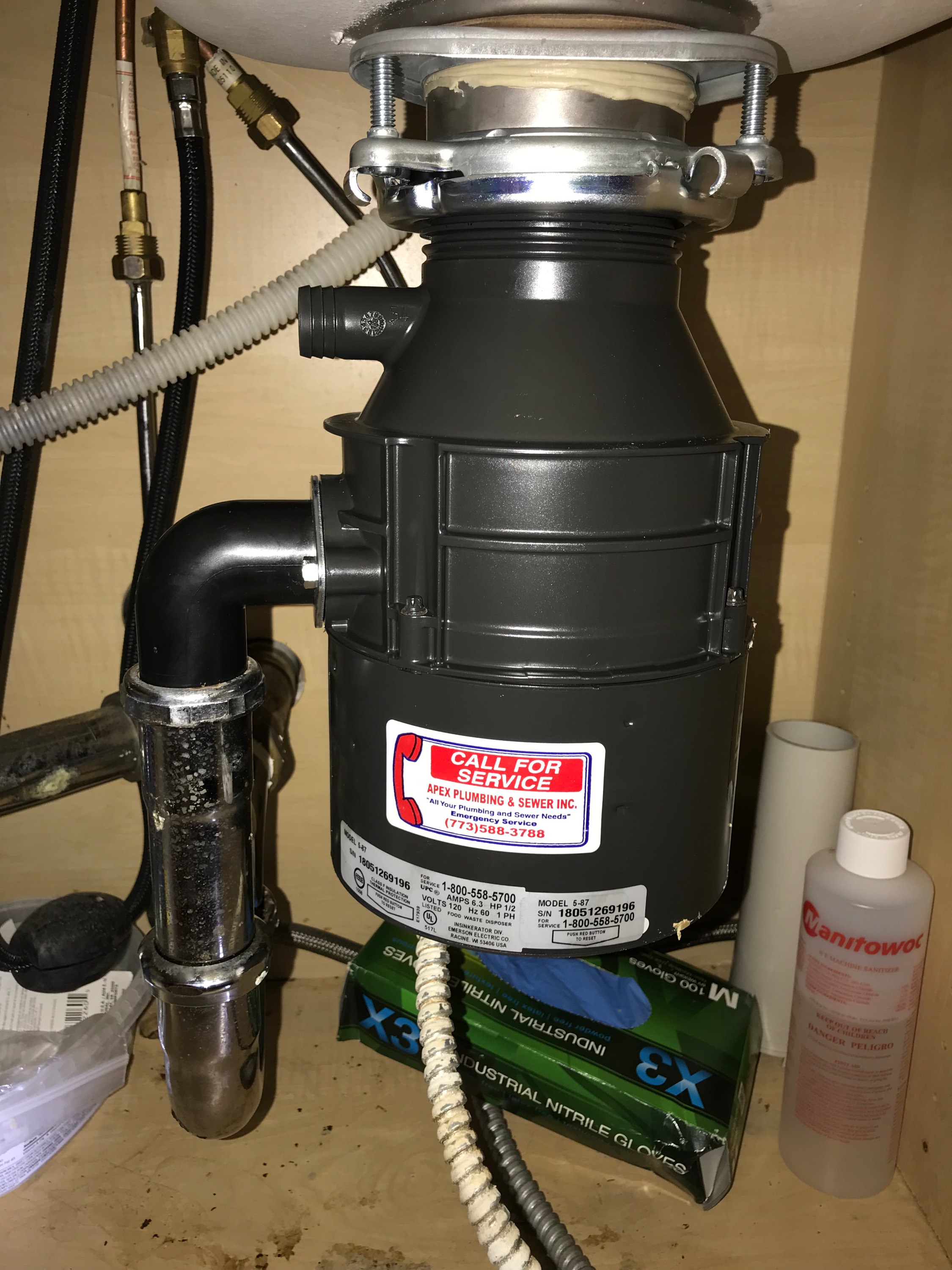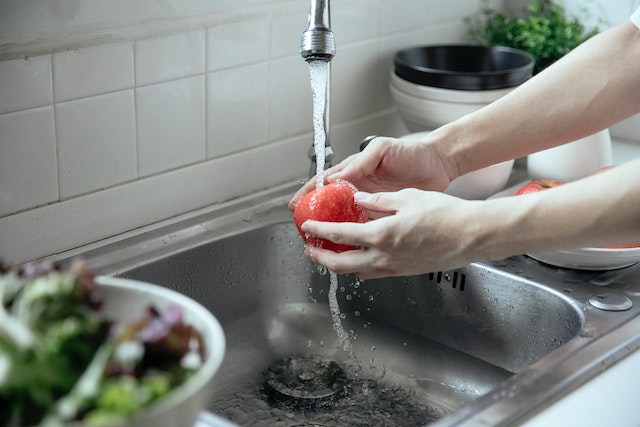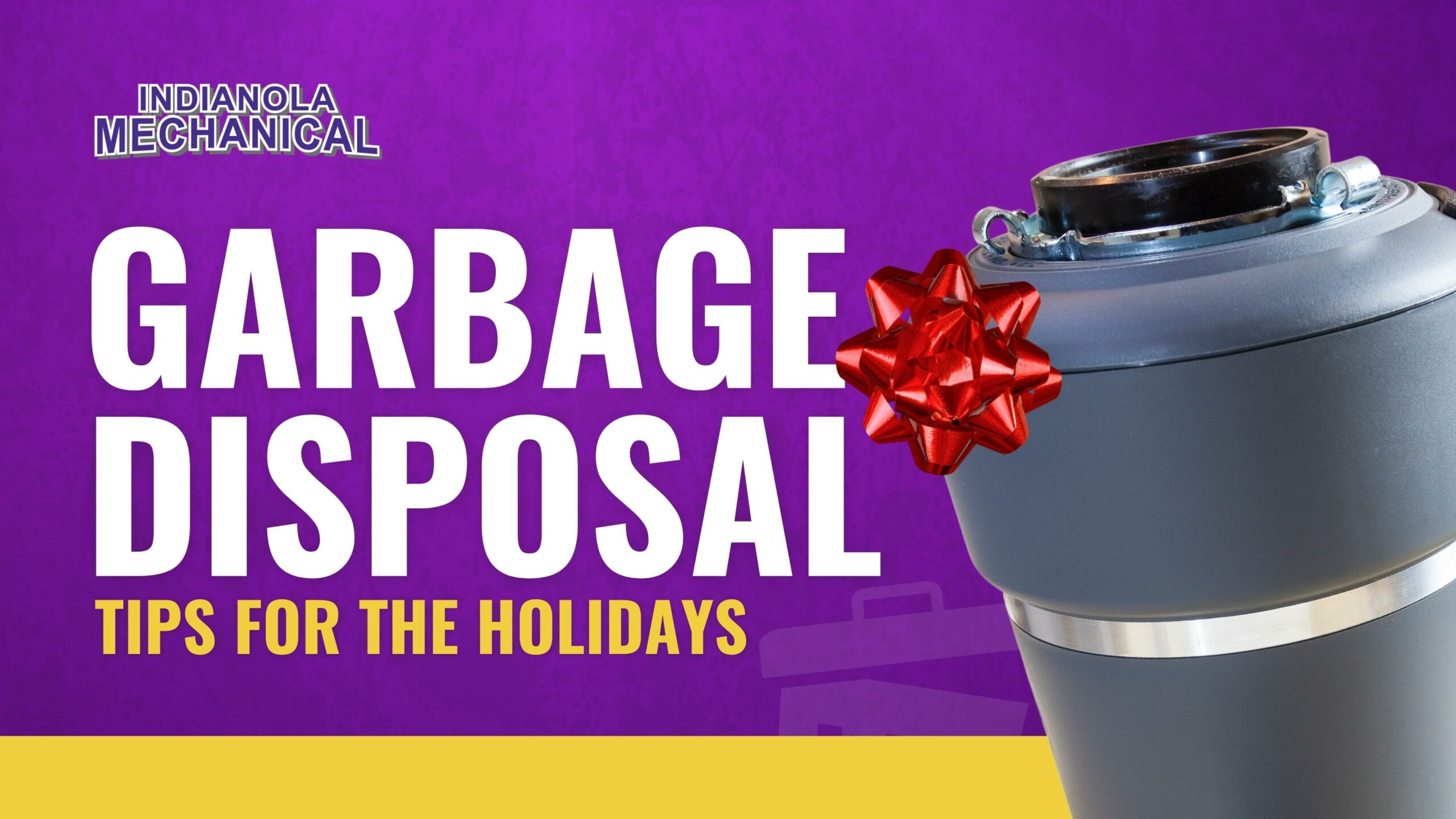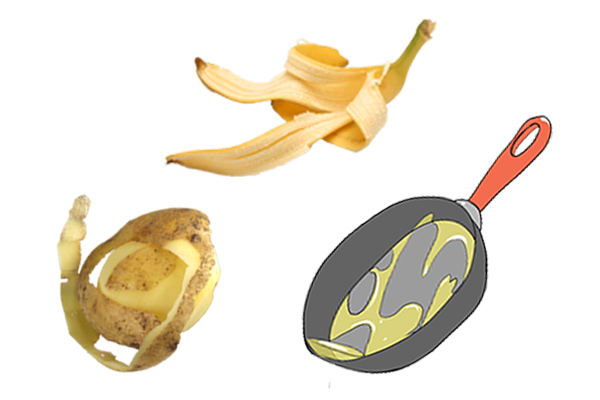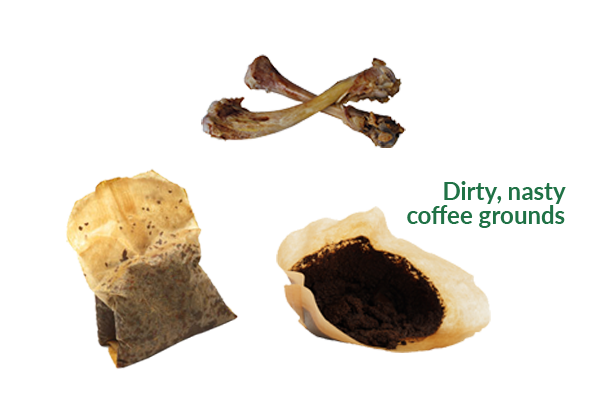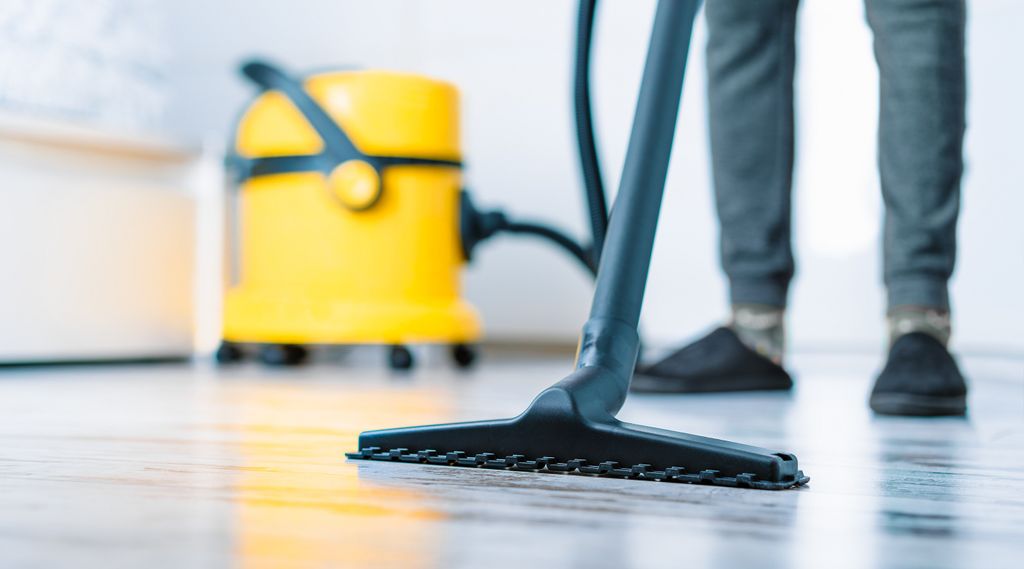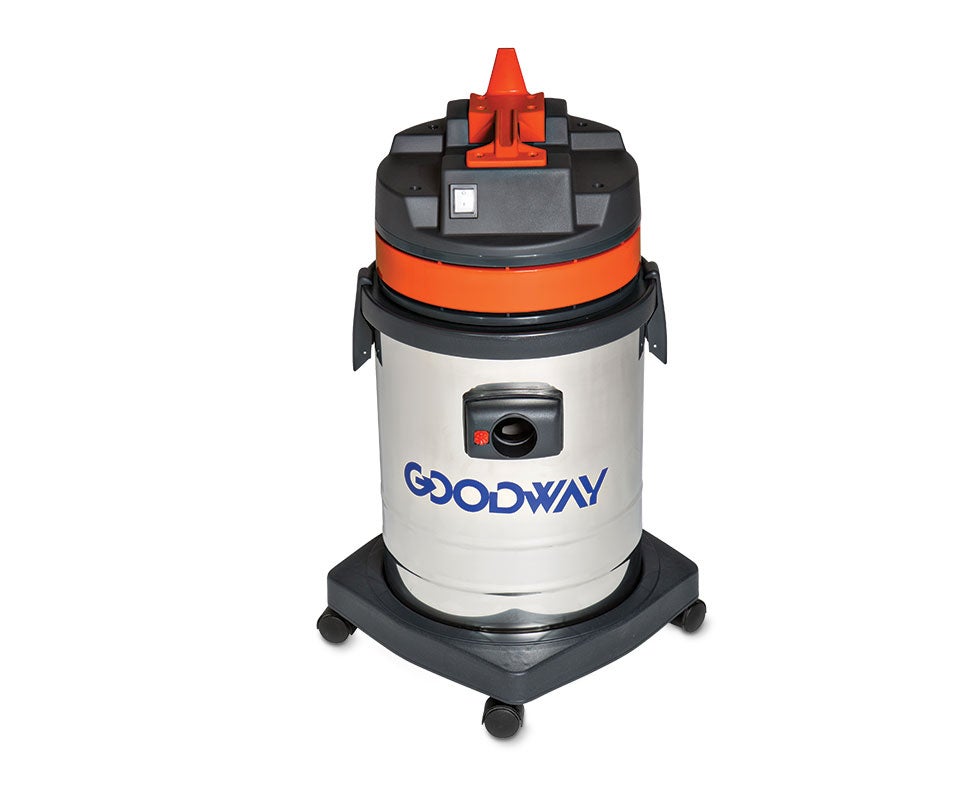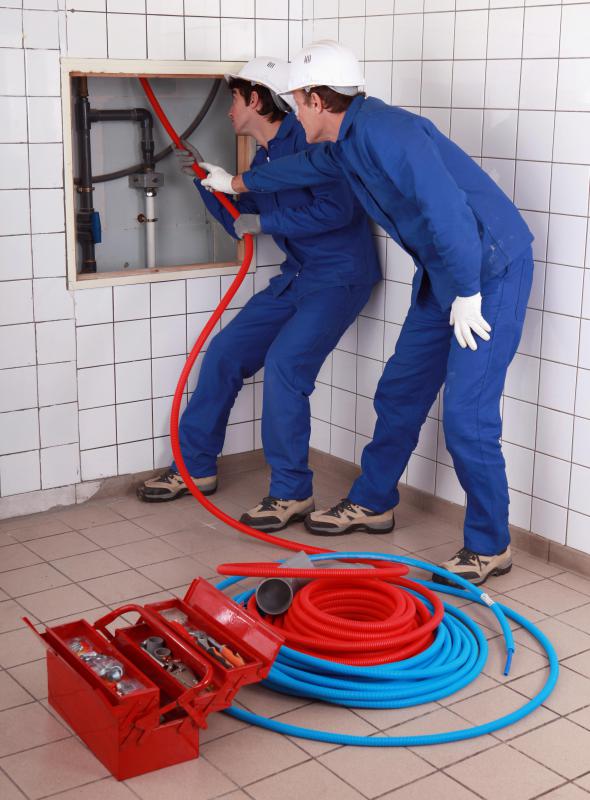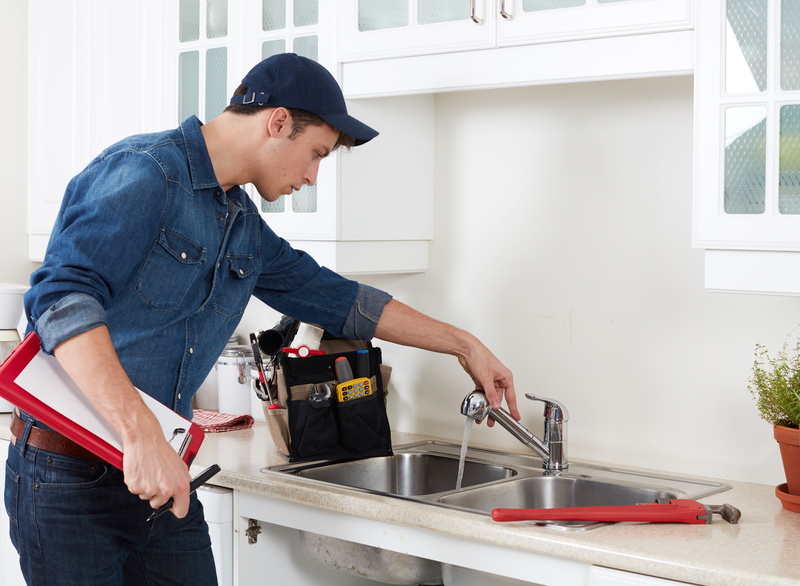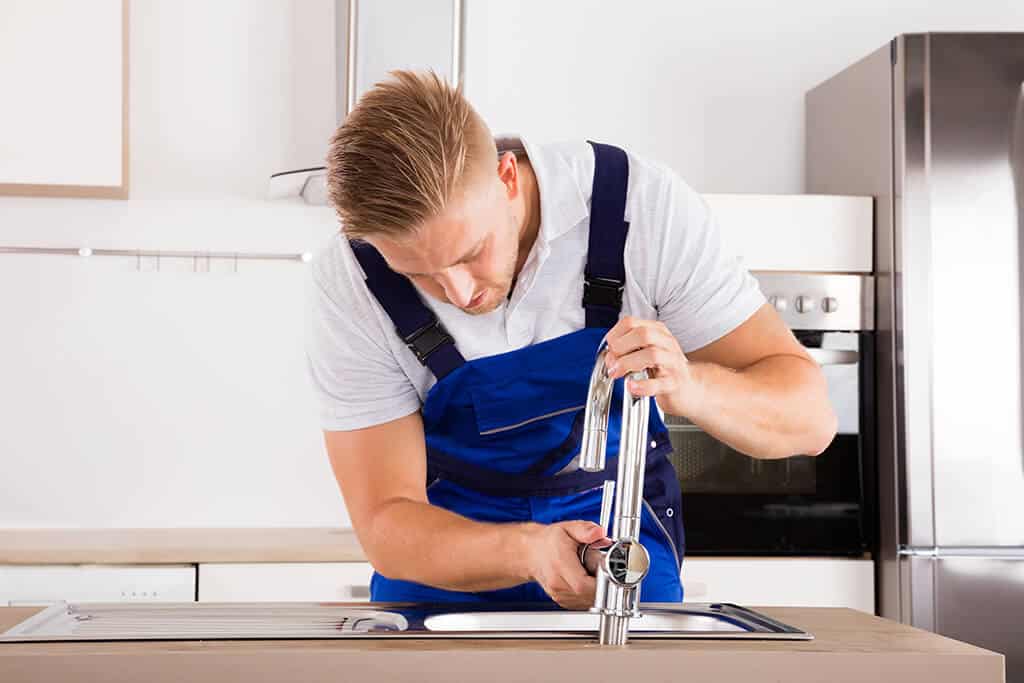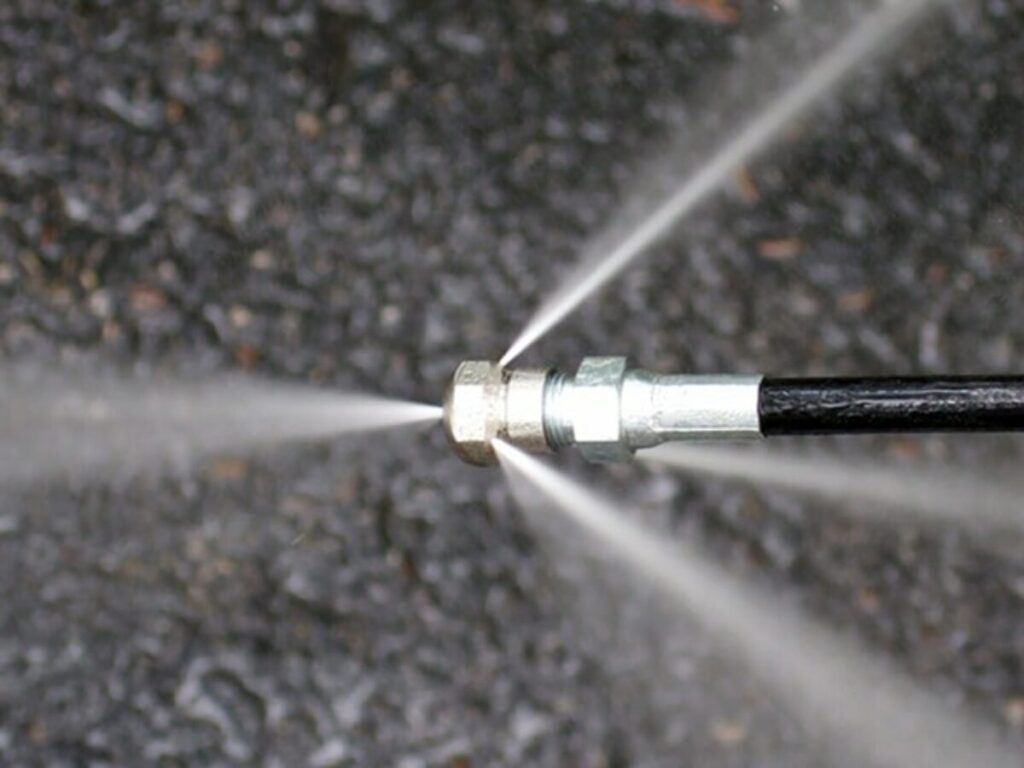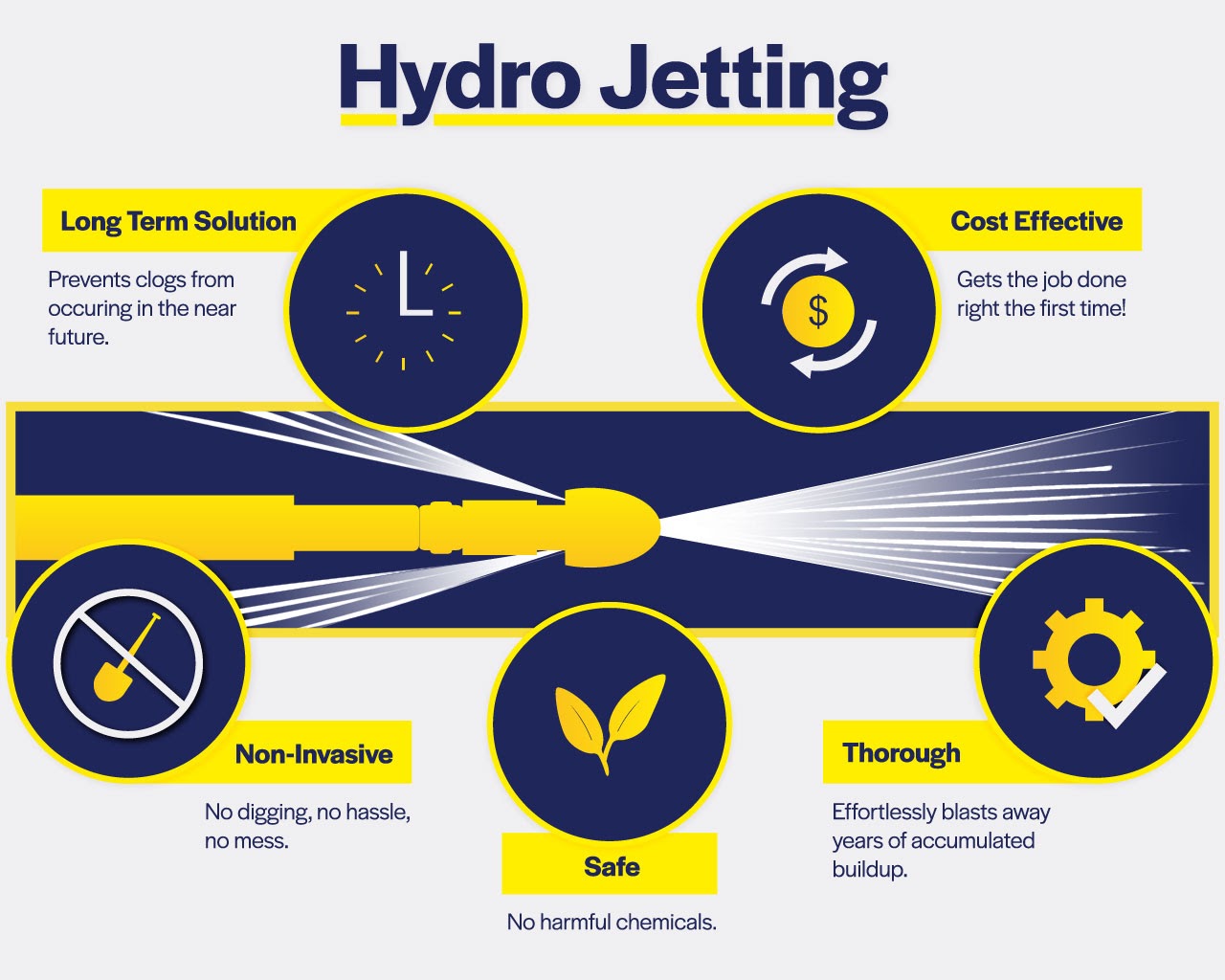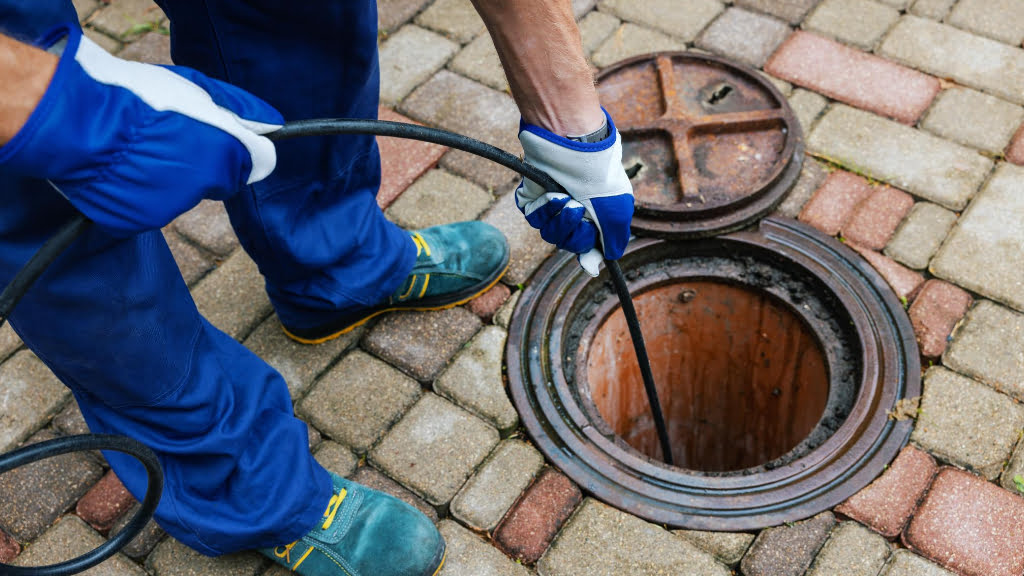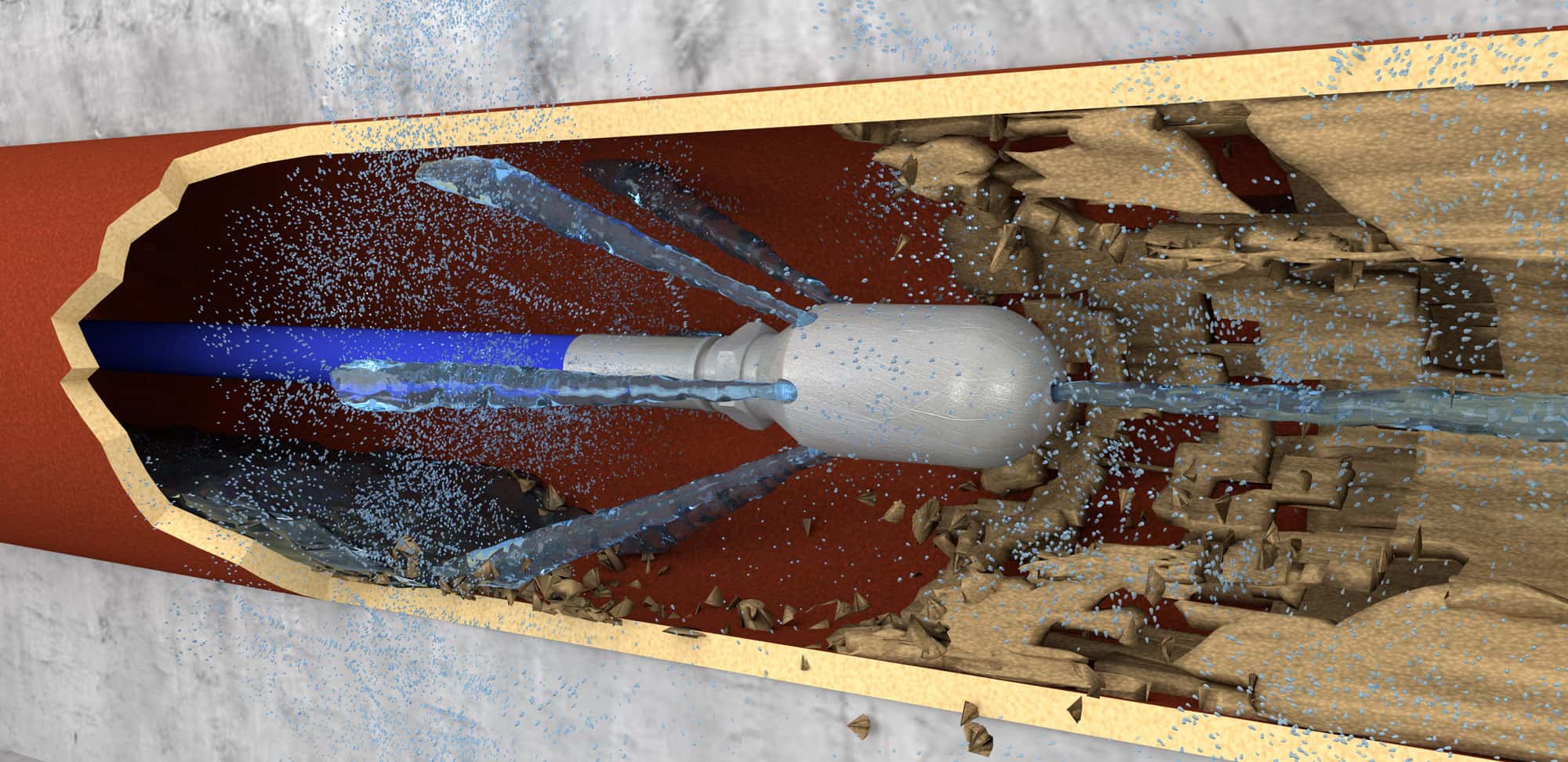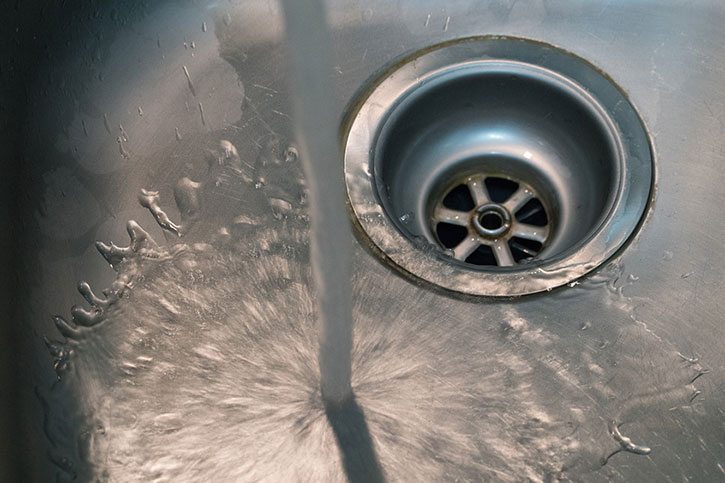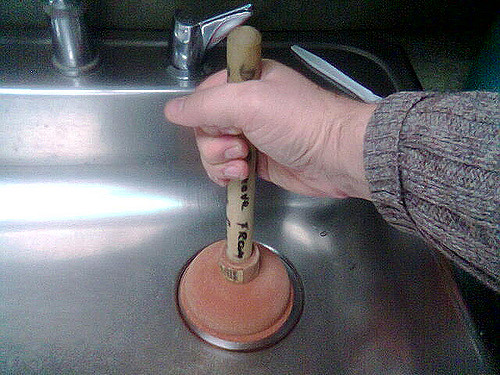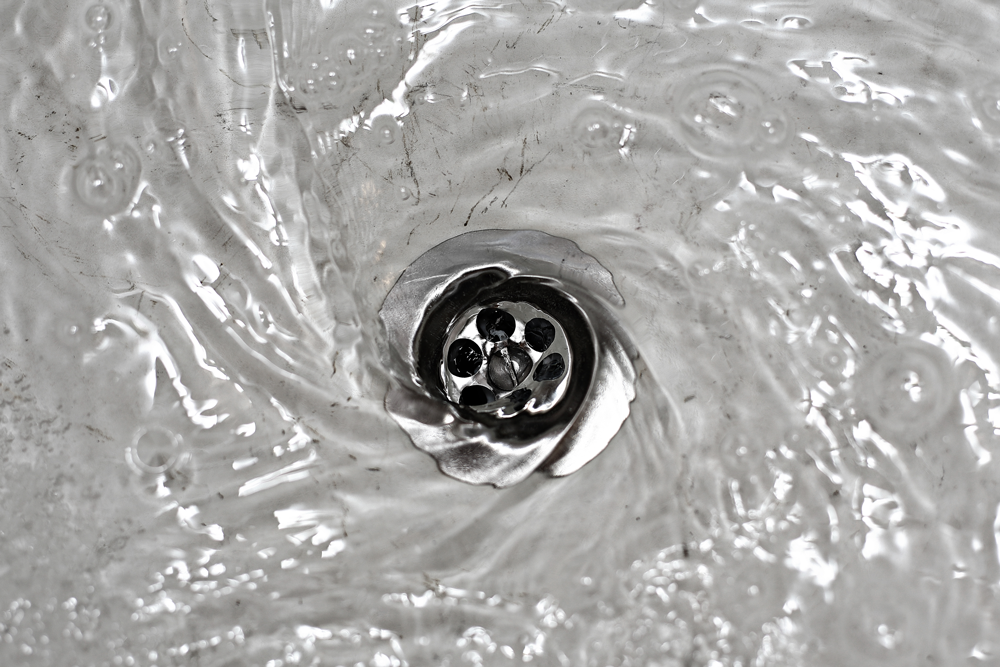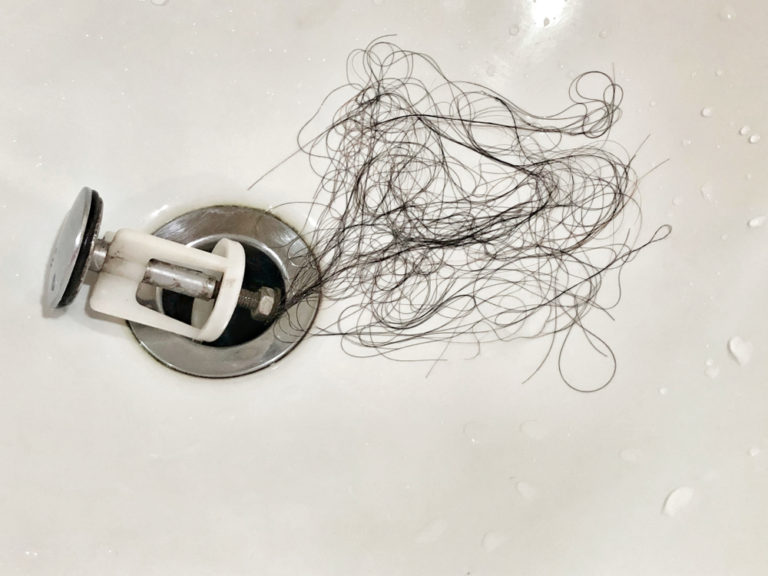1. Check the P-trap
If your kitchen sink is still clogged after snaking, the first thing you should check is the P-trap. This U-shaped pipe under your sink is designed to trap debris and prevent it from clogging your pipes. However, over time, the P-trap can become clogged itself, causing water to back up into your sink. To check the P-trap, place a bucket under it and use pliers to unscrew the slip nuts on either end. Remove the P-trap and clean it out thoroughly before reattaching it.
2. Use a plunger
If the P-trap is not the issue, the next step is to try using a plunger. This common household tool can be effective in dislodging clogs in your kitchen sink. Make sure there is enough water in the sink to cover the plunger and place it over the drain. Push down and pull up vigorously, creating suction to loosen the clog. You may need to repeat this process a few times before the clog is completely cleared.
3. Try a drain auger
If a plunger doesn't work, you can also try using a drain auger. This tool, also known as a plumbing snake, is designed to reach deep into your pipes and break up clogs. Insert the auger into the drain and turn the handle to navigate it through the pipes. Once you feel resistance, continue turning the handle to break up the clog. Pull out the auger and run hot water down the drain to flush out any remaining debris.
4. Use a chemical drain cleaner
If the clog is particularly stubborn, you may need to use a chemical drain cleaner. These products contain powerful chemicals that can dissolve and break up clogs in your pipes. Make sure to follow the instructions carefully and use the appropriate safety precautions, as these chemicals can be hazardous. If the clog persists, consider using a more natural alternative such as a combination of baking soda and vinegar.
5. Remove the drain stopper
In some cases, the clog may be located in the drain stopper itself. To check this, remove the drain stopper and clean it thoroughly before reattaching it. You may also want to use a flashlight to look into the drain and remove any visible debris. Once the stopper is clean, run hot water down the drain to see if the clog has been cleared.
6. Check the garbage disposal
If your kitchen sink is equipped with a garbage disposal, it's important to check this as well. Sometimes, food particles can get stuck in the disposal, causing it to clog and back up into the sink. To check this, turn off the power to the disposal and use a flashlight to look inside. Use tongs or pliers to remove any visible debris. You can also try running hot water and turning the disposal on to see if it clears the clog.
7. Use a wet/dry vacuum
If you have a wet/dry vacuum, this can also be an effective tool for clearing a clogged kitchen sink. Set the vacuum to the wet setting and cover the drain with a towel or cloth. Turn the vacuum on and create a tight seal around the drain. The suction from the vacuum can help to remove the clog. Once the clog has been cleared, run hot water down the drain to flush out any remaining debris.
8. Call a professional plumber
If you've tried all of these methods and your kitchen sink is still clogged, it may be time to call in a professional plumber. A plumber will have the necessary tools and expertise to identify and clear the clog in your pipes. They can also advise you on any necessary repairs or maintenance to prevent future clogs.
9. Consider hydro jetting
In some cases, the clog may be too stubborn for traditional methods to clear. If this is the case, you may want to consider hydro jetting. This process involves using high-pressure water to blast away clogs and debris in your pipes. Hydro jetting is a more intense and effective method for clearing clogs, but it should only be performed by a professional plumber.
10. Prevent future clogs by using a drain strainer
Once your kitchen sink is cleared, it's important to take steps to prevent future clogs. One simple way to do this is by using a drain strainer. This inexpensive tool fits over your drain and catches food particles and debris before they can enter your pipes. Make sure to clean out the strainer regularly to prevent any build-up.
Dealing with a clogged kitchen sink can be frustrating, but with these tips, you can effectively clear the clog and prevent future issues. Remember to always use caution and proper safety measures when attempting to clear a clog, and don't hesitate to call a professional if needed.
Additional Steps to Clear a Persistently Clogged Kitchen Sink

Understanding the Root Cause
 If your kitchen sink is still clogged after using a drain snake, it's important to determine the root cause of the issue. While snaking can clear out debris and buildup in the drain, it may not address underlying issues such as a damaged pipe or tree root intrusion. It's important to assess the severity of the clog and determine if professional help is needed.
If your kitchen sink is still clogged after using a drain snake, it's important to determine the root cause of the issue. While snaking can clear out debris and buildup in the drain, it may not address underlying issues such as a damaged pipe or tree root intrusion. It's important to assess the severity of the clog and determine if professional help is needed.
Consider Using a Plunger or Chemical Drain Cleaner
 If the clog is not severe, you may want to try using a plunger or a chemical drain cleaner to dislodge any remaining blockage. Make sure to follow the instructions on the drain cleaner carefully and use it sparingly, as overuse can damage your pipes. Additionally, using a plunger can help create suction and force the blockage out of the drain.
If the clog is not severe, you may want to try using a plunger or a chemical drain cleaner to dislodge any remaining blockage. Make sure to follow the instructions on the drain cleaner carefully and use it sparingly, as overuse can damage your pipes. Additionally, using a plunger can help create suction and force the blockage out of the drain.
Invest in Regular Drain Maintenance
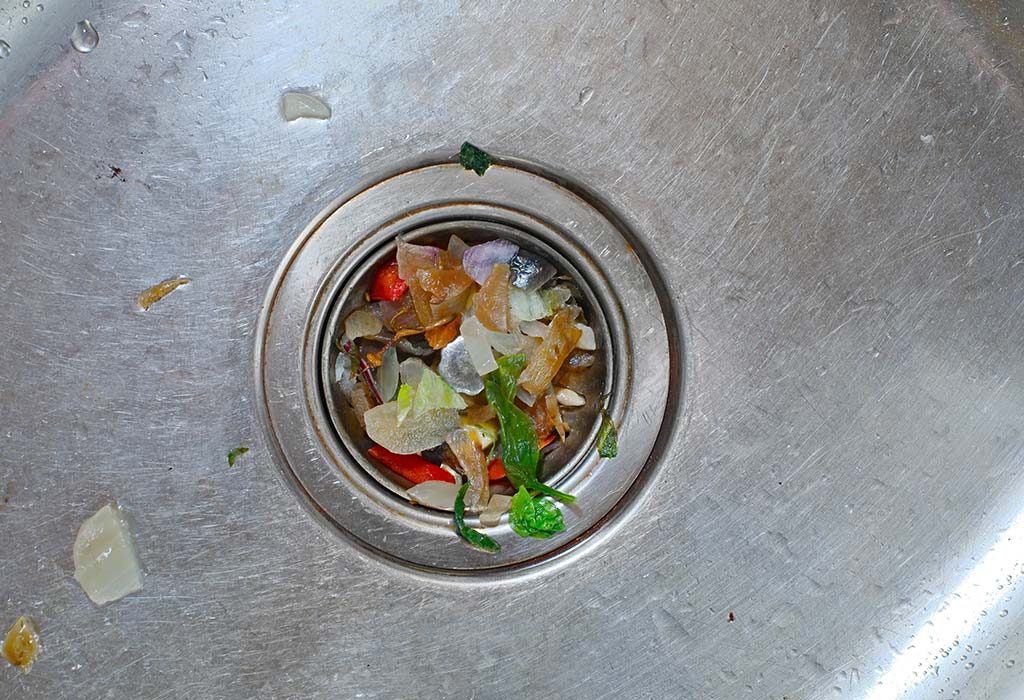 Prevention is key when it comes to keeping your kitchen sink free from clogs. Consider investing in regular drain maintenance, such as using a drain cleaner once a month, to prevent buildup and keep your pipes clear. You can also install a drain strainer to catch food particles and other debris before they enter the drain.
Prevention is key when it comes to keeping your kitchen sink free from clogs. Consider investing in regular drain maintenance, such as using a drain cleaner once a month, to prevent buildup and keep your pipes clear. You can also install a drain strainer to catch food particles and other debris before they enter the drain.
Consult a Professional
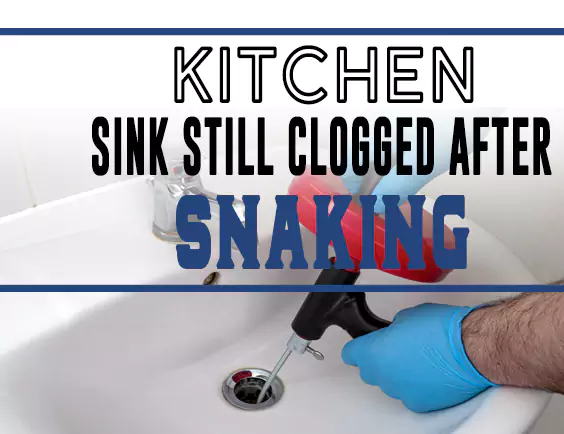 If the clog persists after trying these methods, it may be time to consult a professional plumber. They have specialized tools and equipment that can help identify and resolve the issue, whether it's a damaged pipe or a more severe blockage. They can also provide advice on how to prevent future clogs and keep your kitchen sink running smoothly.
In conclusion
, dealing with a persistently clogged kitchen sink can be frustrating, but it's important to address the issue promptly to prevent further damage. By understanding the root cause, trying alternative methods, and investing in regular maintenance, you can keep your kitchen sink functioning properly and avoid future clogs. And always remember, when in doubt, it's best to seek professional help to ensure the problem is properly resolved.
If the clog persists after trying these methods, it may be time to consult a professional plumber. They have specialized tools and equipment that can help identify and resolve the issue, whether it's a damaged pipe or a more severe blockage. They can also provide advice on how to prevent future clogs and keep your kitchen sink running smoothly.
In conclusion
, dealing with a persistently clogged kitchen sink can be frustrating, but it's important to address the issue promptly to prevent further damage. By understanding the root cause, trying alternative methods, and investing in regular maintenance, you can keep your kitchen sink functioning properly and avoid future clogs. And always remember, when in doubt, it's best to seek professional help to ensure the problem is properly resolved.
